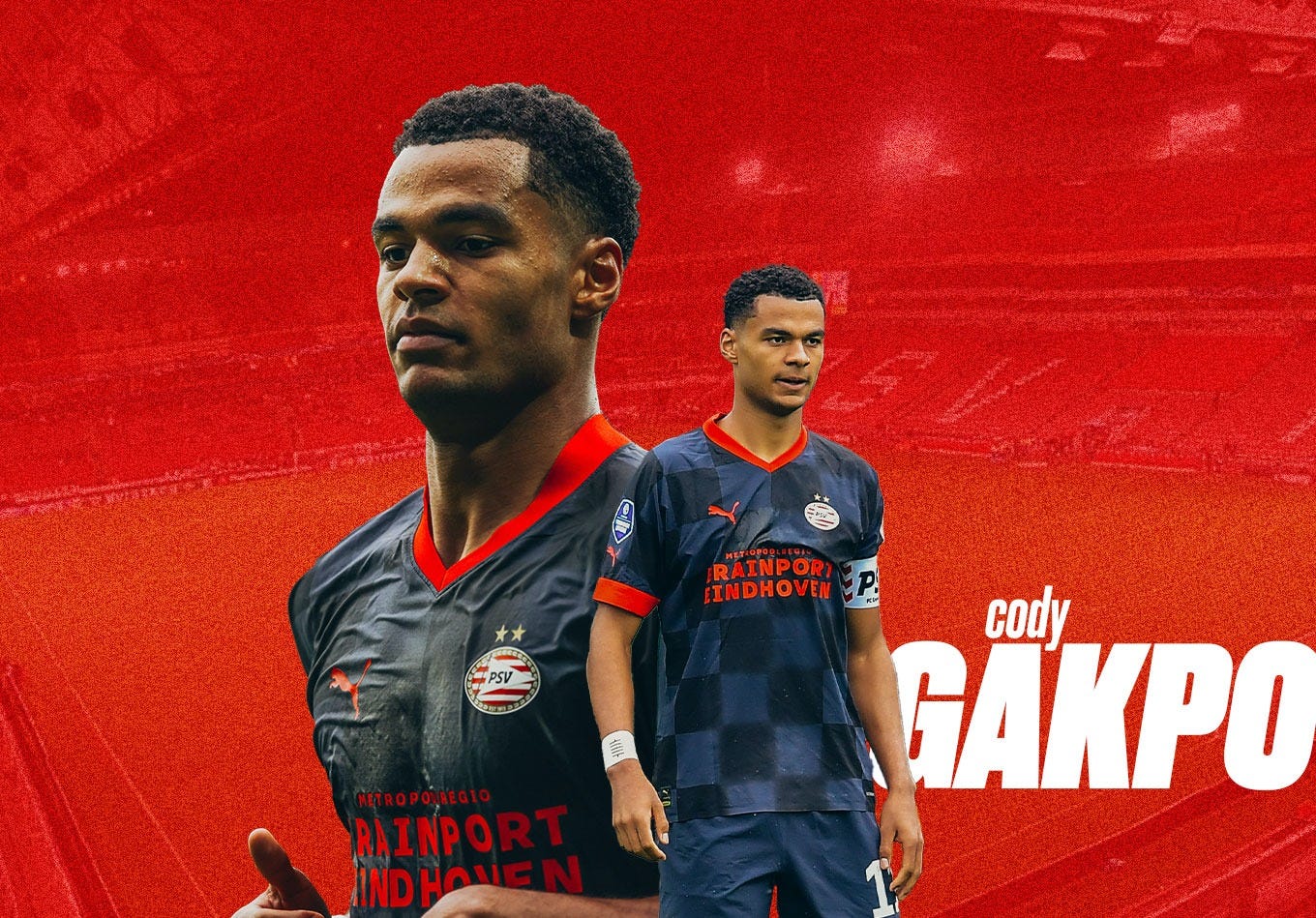After a bit of unexpected hiatus, Cultured Football is back with the usual collection of great football articles that we feel you’d enjoy reading.
How Data Analysis Kicked Off in the 1950s
By Rob Haywood for The Set Pieces // 1,361 words
Whilst football has undergone a data revolution over recent years, the use of statistics to back up ideas and approaches is not as modern as many seem to believe. Way back in the 1950s, a pioneer began examining the numbers that would come to be the foundation of the English game.
Five Championship managers who could be in trouble
By Lewis Oldham for Football365 // 1,204 words
A month ago, Cultured Football featured a piece of the five managers of Championship clubs who were exceeding expectations. It says a lot about the frivolity of football that two of them are now included in this list of managers who are risking the sack.
Will Cody Gakpo Be the Next Top-Level Attacker to Come out of the Eredivisie?
By Mohamed Mohamed for The Analyst // 1,648 words
There have been quite a few great attacking players to come out of the Dutch Eredivisie. There have also been plenty who, to put it kindly, failed to replicate their form in more challenging environments. Is it possible to tell where Cody Gakpo will fall?
Controlled Directness: Ernesto Valverde's Athletic Club
By Neel Shelat for Analytics FC // 3,008 words
After a bruising spell in charge of Barcelona, Ernesto Valverde is rebuilding his reputation in the familiar environs of Athletic Bilbao. Now in his fourth spell at the club, he is thriving once more. At Bilbao, his pragmatic approach that was so reviled at Barca, is cherished and appreciated.
James Milner: ‘You have to keep proving yourself again and again’
By Andy Hunter for The Guardian // 1,177 words
Last Issue’s Most Read: Bielsa's Influence And The Curious Case of Javier Torrente
By Alex Stewart for Analytics FC // 1,284 words
Few managers in an football era have been as influential as Marcelo Bielsa has, with a legion of coaches who interpret the game based on his teachings. Not all of them follow the same path, however.










